10 Geography Facts That Will Make You Want to Travel
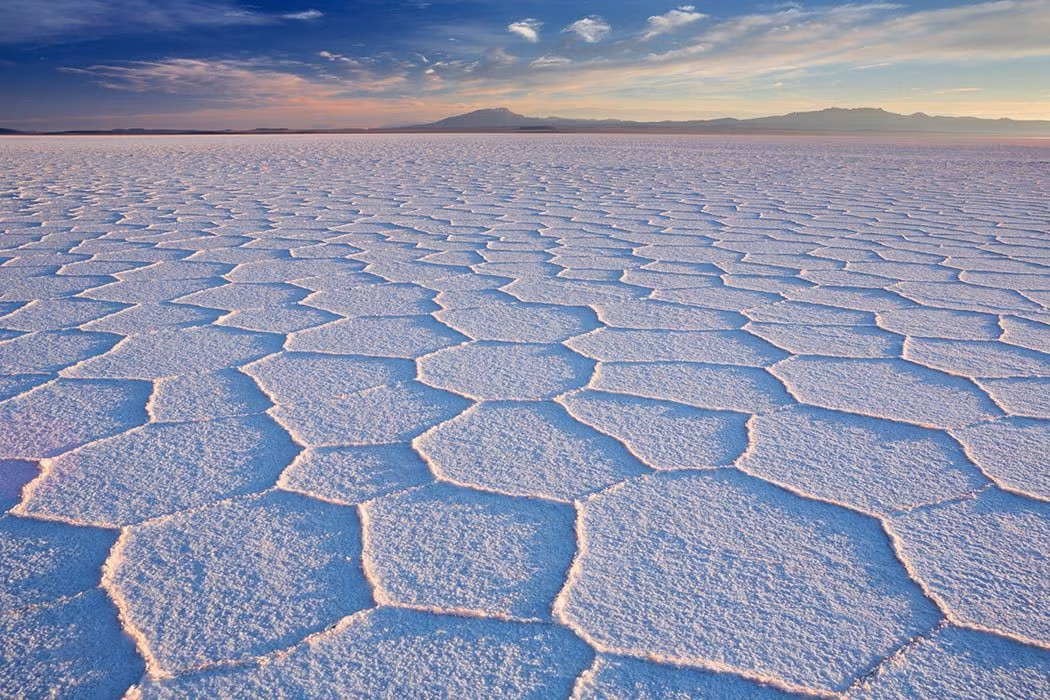
Discover 10 captivating geography facts, from rivers that changed direction to unique natural wonders, that will inspire your next travel adventure.
The Amazon River Once Flowed in the Opposite Direction
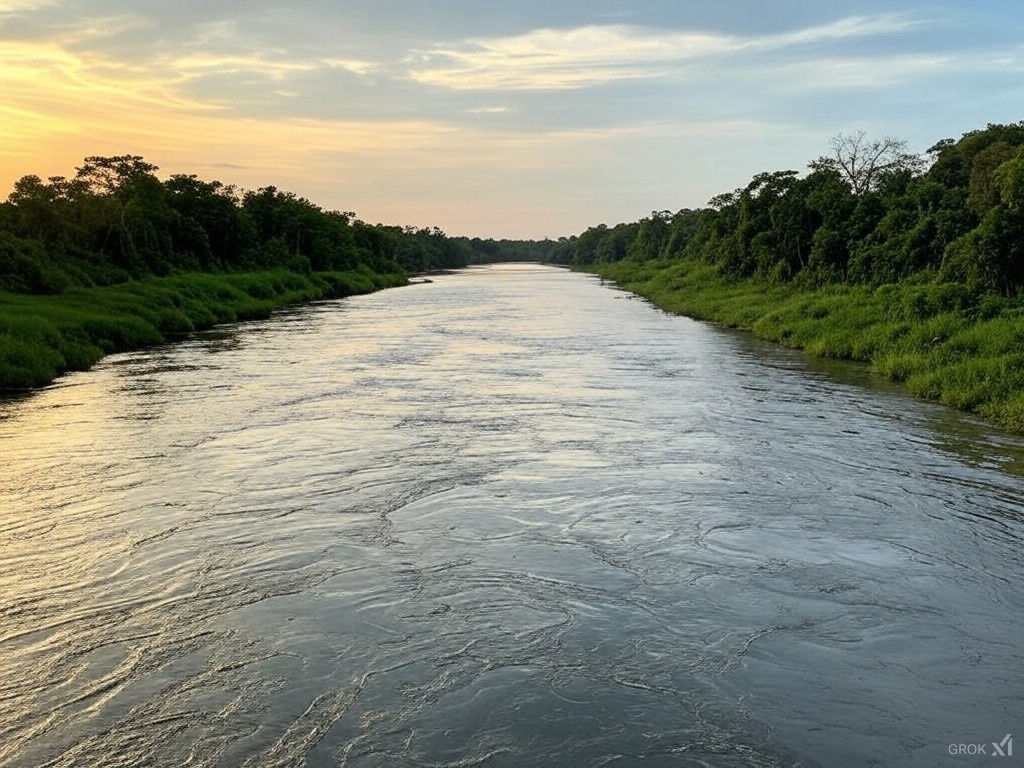
Millions of years ago, the Amazon River flowed westward toward the Pacific Ocean. Due to tectonic shifts, it reversed its course and now flows eastward into the Atlantic. This monumental change shaped the diverse ecosystems of the Amazon Basin.
Alaska: The Easternmost and Westernmost State
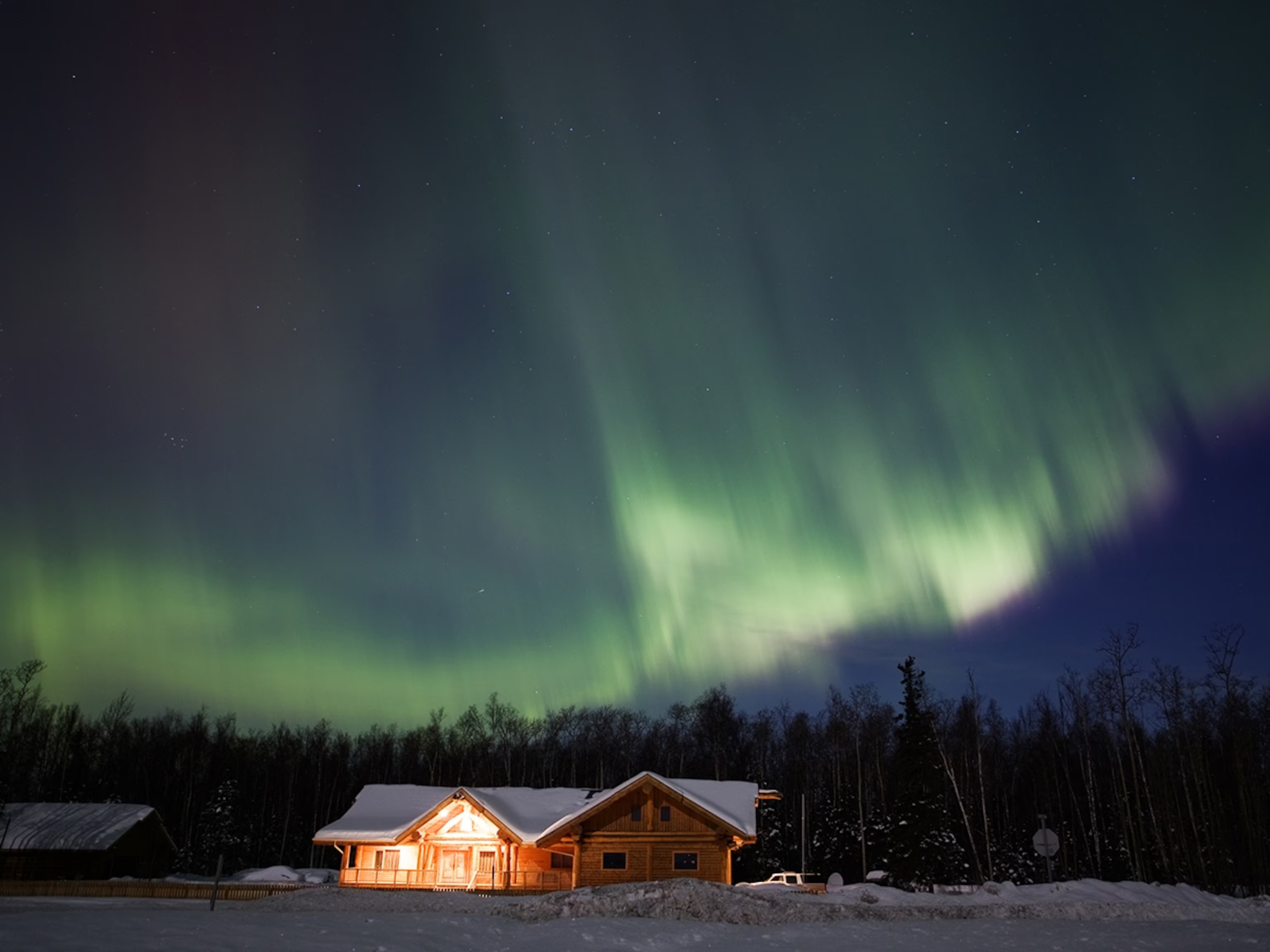
Alaska holds the unique distinction of being both the westernmost and easternmost state in the U.S. While its Aleutian Islands stretch into the Eastern Hemisphere, crossing the 180° meridian, it also extends westward, making it the westernmost state. This geographical quirk offers a unique perspective on global positioning.
The Danakil Depression: Earth's Hottest Inhabited Place
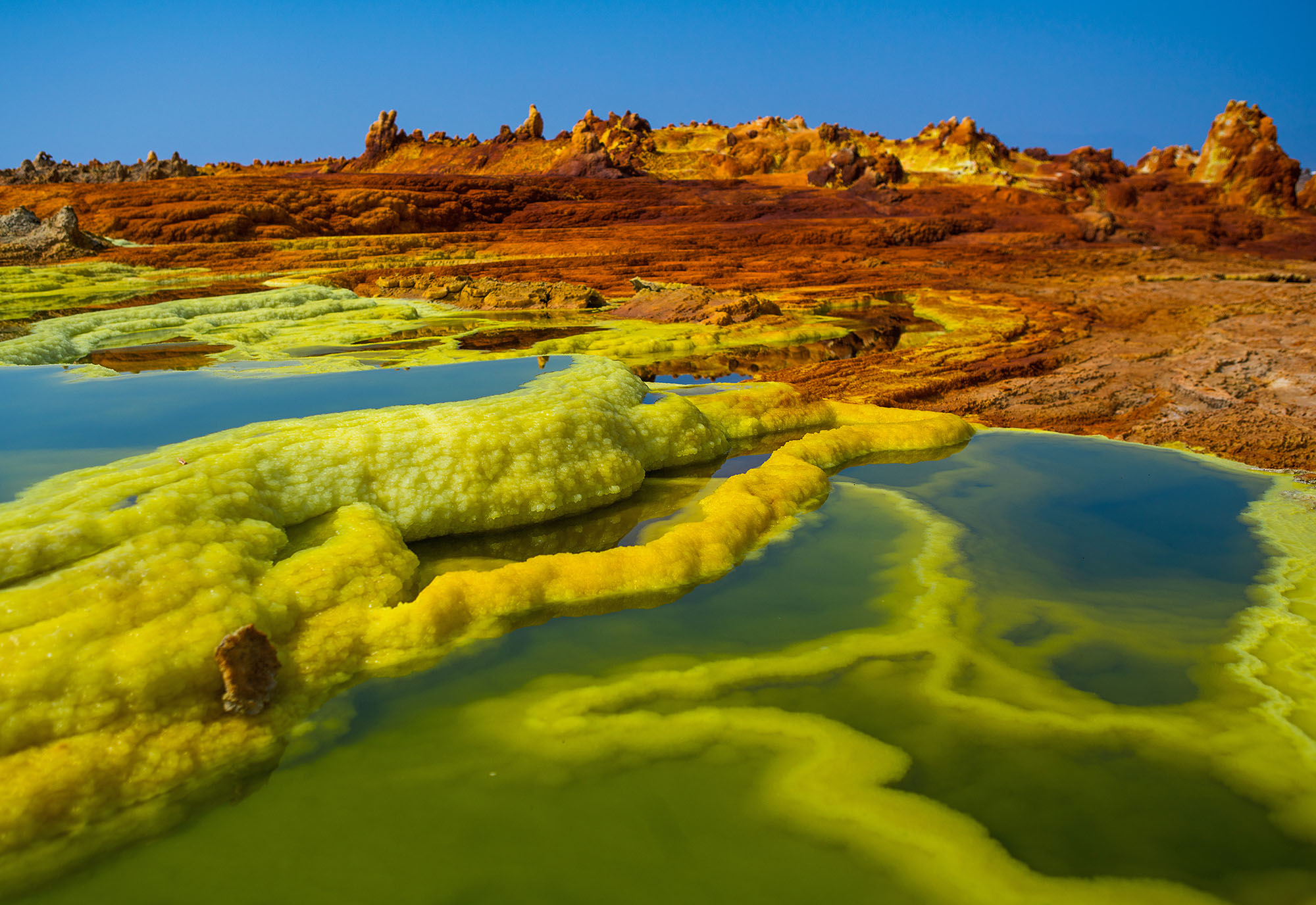
Located in northeastern Ethiopia, the Danakil Depression is one of the hottest places on Earth, with average temperatures around 35°C (95°F). Its alien-like landscapes, salt flats, and active volcanoes make it a surreal destination for adventurous travelers.
Mount Thor: The World's Greatest Vertical Drop
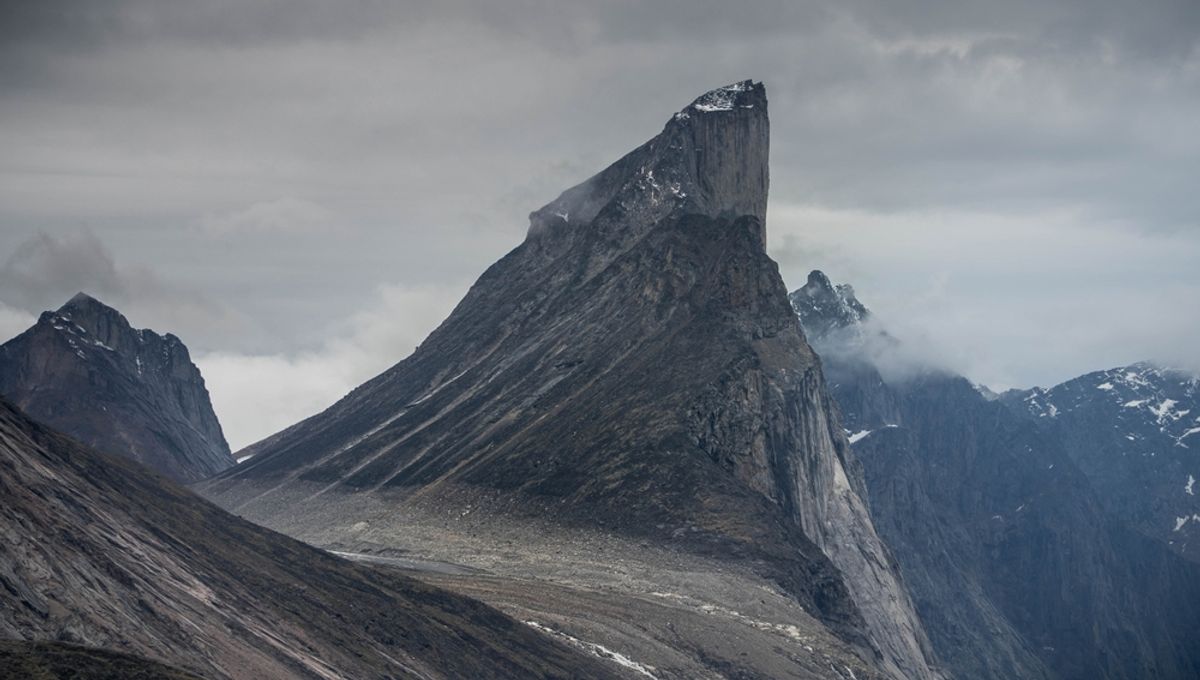
Mount Thor, located on Baffin Island in Canada, boasts Earth's greatest sheer vertical drop of 4,101 feet (1,250 meters). Adventurous climbers are drawn to its imposing granite face, making it a bucket-list destination for thrill-seekers.
The Seychelles: A Granite Wonderland
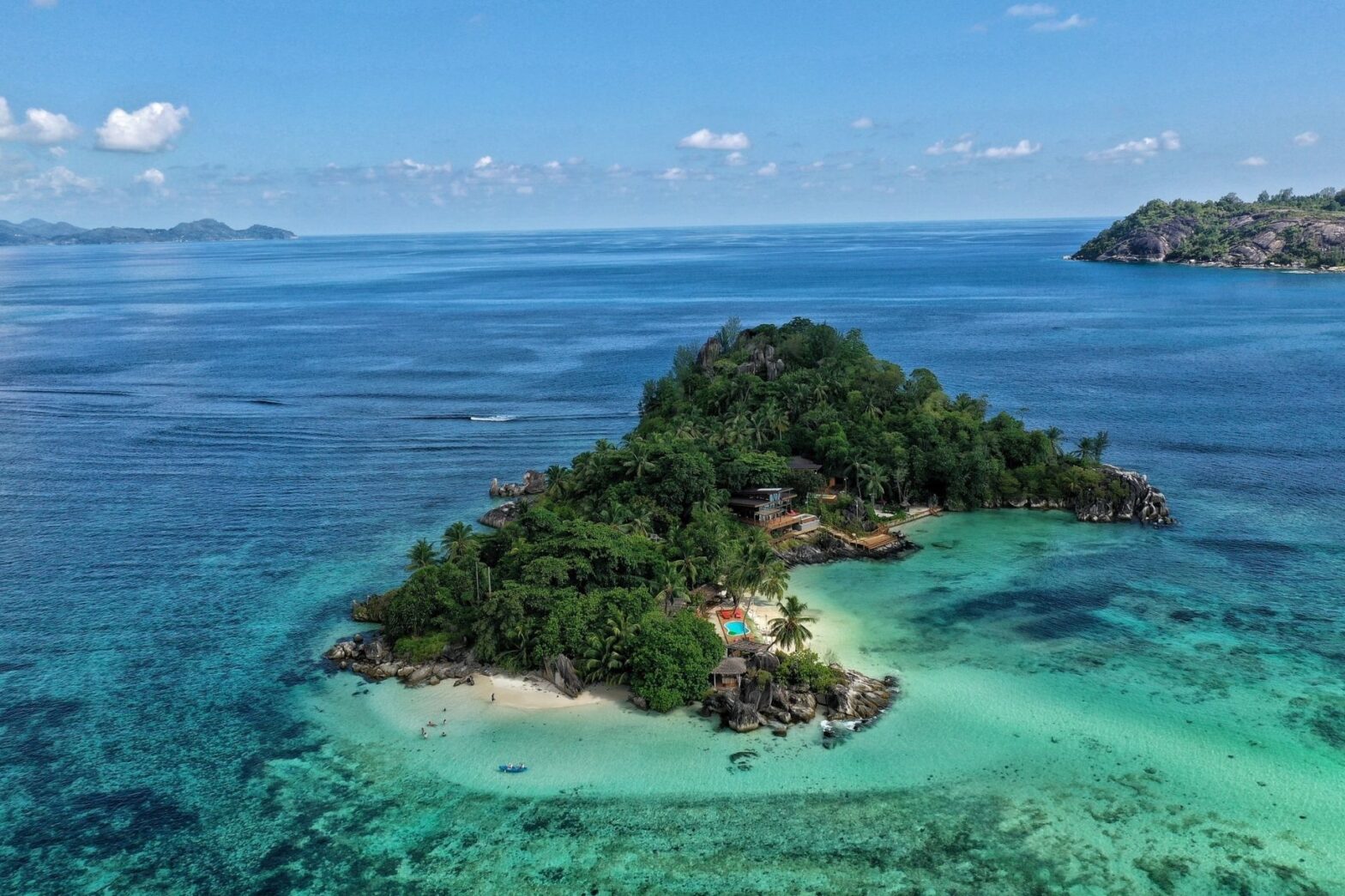
The Seychelles archipelago in the Indian Ocean is home to the world's only oceanic islands of granitic rock. These unique formations, combined with pristine beaches and rich biodiversity, make it a paradise for nature enthusiasts.
The Dead Sea: Earth's Lowest Elevation on Land

Bordering Jordan and Israel, the Dead Sea's shores are the lowest point on Earth's surface, sitting about 430 meters (1,411 feet) below sea level. Its hypersaline waters allow swimmers to float effortlessly, offering a unique and therapeutic experience.
Socotra Island: The Alien-Like Landscape
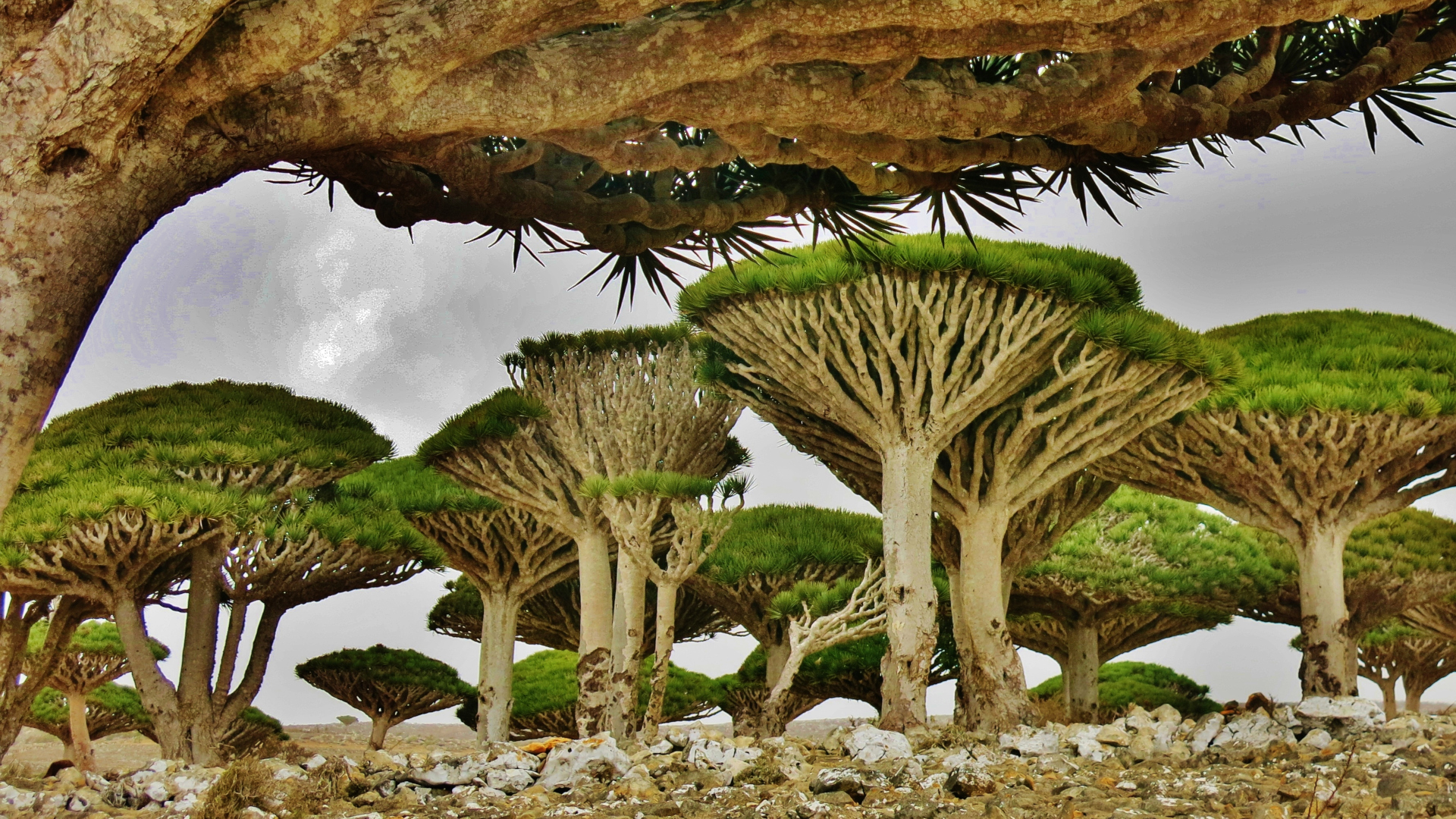
Off the coast of Yemen lies Socotra Island, renowned for its otherworldly landscapes and unique flora. The Dragon's Blood Tree, with its umbrella-like appearance, is just one of the many endemic species that make this island a must-visit for nature lovers.
The Great Blue Hole: A Submarine Sinkhole
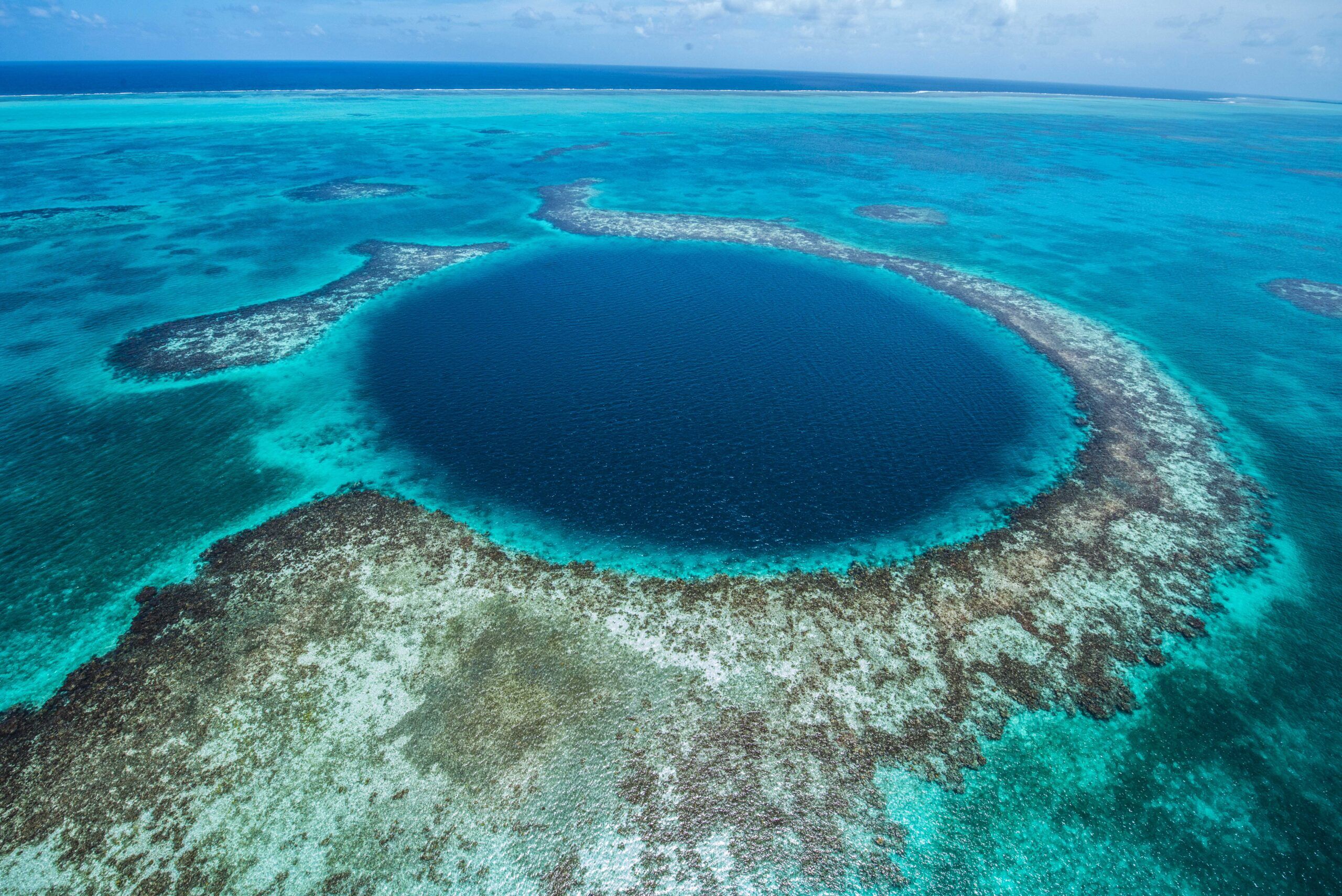
Located off the coast of Belize, the Great Blue Hole is a giant marine sinkhole, measuring over 300 meters (984 feet) across and 125 meters (410 feet) deep. Its crystal-clear waters and diverse marine life make it a premier destination for divers.
The Richat Structure: The Eye of the Sahara
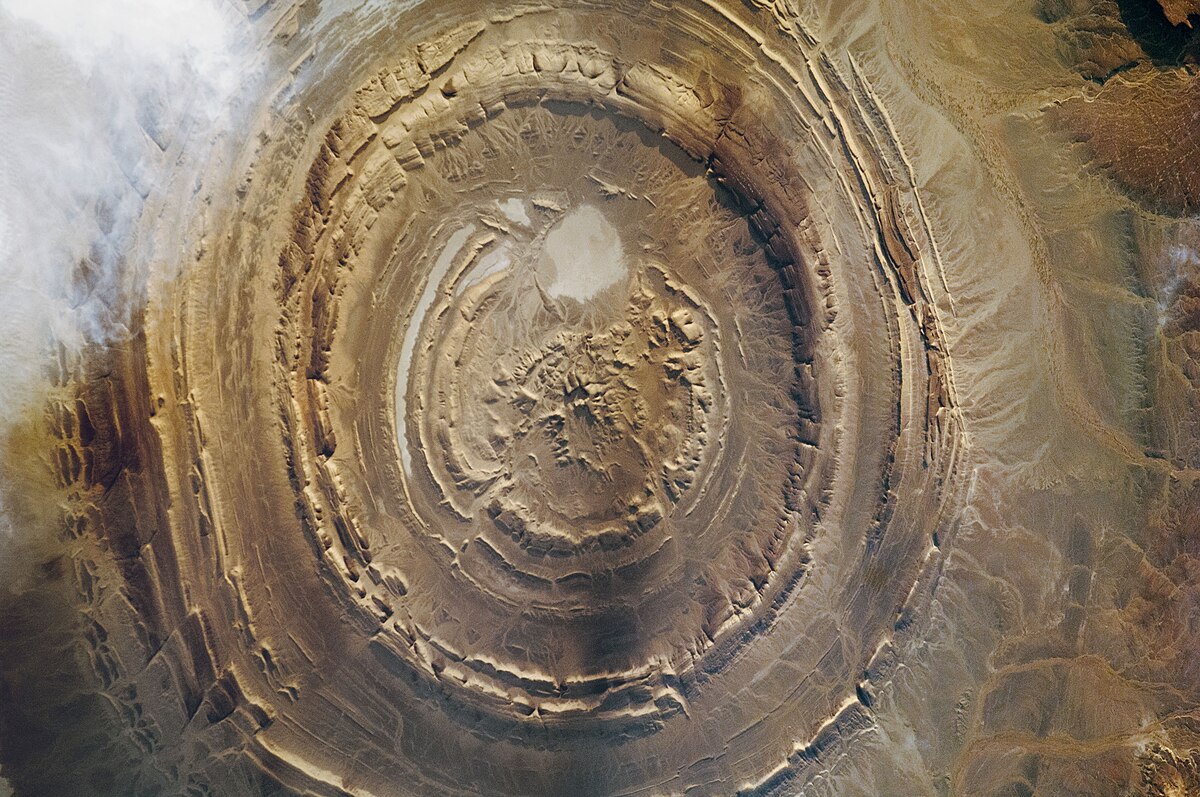
Visible from space, the Richat Structure in Mauritania, also known as the Eye of the Sahara, is a circular geological formation spanning about 40 kilometers (25 miles) in diameter. Its origin remains a subject of scientific intrigue, adding to its allure.
The Salar de Uyuni: The World's Largest Salt Flat
Stretching over 10,000 square kilometers (3,900 square miles) in Bolivia, the Salar de Uyuni is the world's largest salt flat. During the rainy season, it transforms into a vast mirror, creating surreal reflections that captivate photographers and travelers alike.
Embrace the Wonders of Our World
These remarkable geography facts highlight the diverse and awe-inspiring features of our planet. Let them inspire your wanderlust and encourage you to explore the unique landscapes and cultures that make Earth so extraordinary. Share these facts with fellow travelers and embark on new adventures together!
Comments
Loading comments...